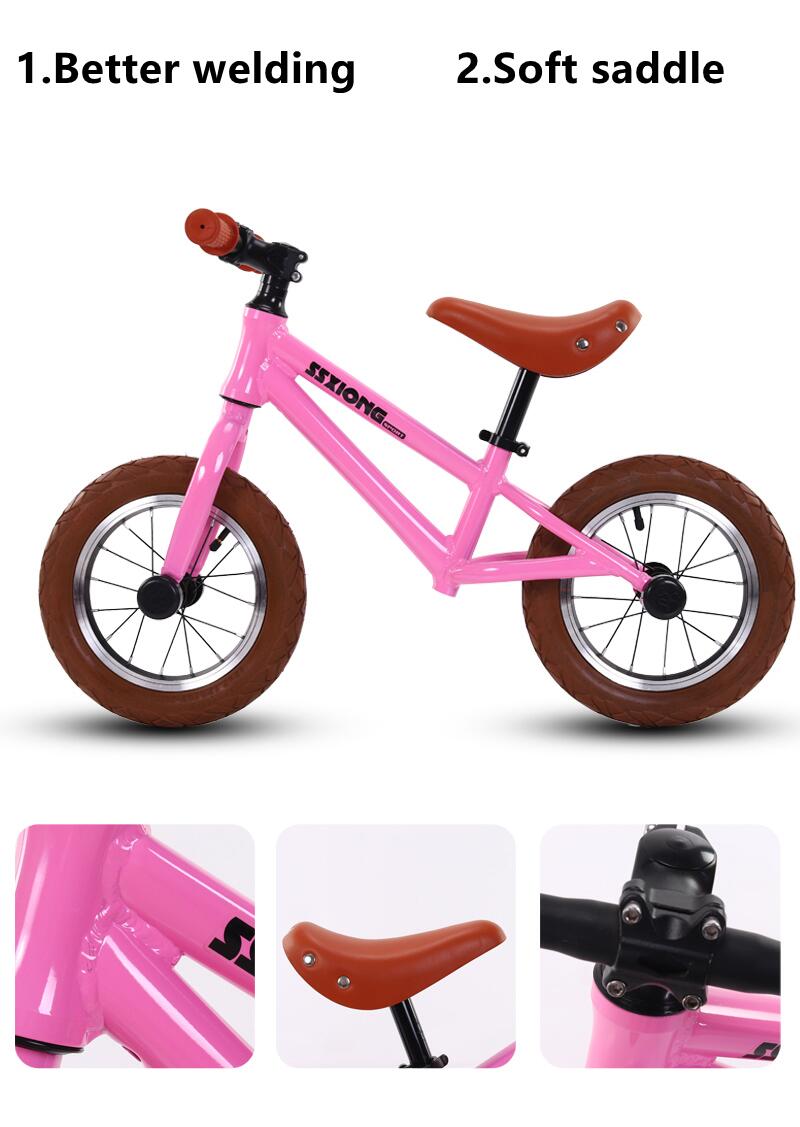Do balance bikes aid in the development of walking skills in infants?
Do Balance Bikes Help Babies Walk?
In the quest for developing physical skills, many parents often wonder about the best tools and methods to help their children achieve milestones such as walking. One emerging trend that has gained popularity among parents and educators alike is the use of balance bikes. These two-wheeled, pedal-free bicycles are designed for young children, typically aged 18 months to 5 years, to improve their balance and coordination. But the question arises do balance bikes actually help babies walk?
Understanding Balance Bikes
Balance bikes are simple yet effective tools that focus on balance rather than pedaling. They allow toddlers to develop their motor skills in a safe environment at their own pace. The design is straightforward, consisting of a lightweight frame, two wheels, and a seat that can be adjusted as the child grows. With no pedals, children push off the ground with their feet, learning to balance on two wheels while steering and gaining confidence in their physical abilities.
The Connection Between Balance and Walking
Walking is a complex skill that requires coordination, balance, and strength. Children typically begin to walk independently around the age of one, but the process is gradual and varies among individuals. As they learn to walk, they develop essential muscle groups and coordination. The use of balance bikes can support this development in several ways.
1. Enhancing Balance One of the primary benefits of balance bikes is that they help children develop a sense of balance. By learning to glide and steer, children build the necessary stability that translates into better control when they begin walking. Improved balance contributes to a child's ability to walk confidently and with less risk of falling.
2. Strengthening Core Muscles Riding a balance bike engages core muscles, which are vital for maintaining an upright posture while walking. A strong core supports overall stability, making it easier for children to progress from walking to running, jumping, and engaging in more complex physical activities.
3. Boosting Confidence Confidence plays a vital role in a child's willingness to explore their environment. Balance bikes provide a sense of achievement as children learn to ride independently. This boost in confidence can encourage them to take risks in other areas, including walking and climbing.
do balance bikes help babies walk

Promoting Coordination and Motor Skills
Balance bikes also contribute to the development of fine and gross motor skills. As children maneuver their bikes, they practice steering, stopping, and balancing—all skills that are necessary for walking. This hands-on experience helps fine-tune their motor abilities, making them more adept at navigating different terrains, which is crucial for walking.
Transitioning to Walking
Research indicates that children who use balance bikes tend to develop a sense of balance more quickly than those who use traditional bicycles with training wheels. This established balance can make the transition to walking smoother, as children who feel stable and secure in their movements are more likely to practice walking frequently.
Conclusion Encouraging Active Play
While balance bikes should not be seen as a magic solution for teaching babies to walk, they do play a supportive role in developing essential skills that are crucial for walking. Along with providing physical benefits, balance bikes promote active play, which is key to overall childhood development.
Parents looking to enhance their child's walking skills might consider introducing a balance bike as early as 18 months. It provides a fun and engaging way for children to learn balance, coordination, and confidence. As with any developmental tool, it's essential to supervise children during play and ensure they are using the equipment safely.
In essence, while balance bikes may not directly teach babies to walk, they cultivate foundational skills that can greatly enhance a child's ability to walk confidently and with ease. Incorporating balance bikes into a child's early playtime can be a wonderful way to support their physical development and prepare them for the adventures that walking brings.
-
Baby Balance Bike OEM Service – Kids No-Pedal, LightweightNewsNov.10,2025
-
OEM Kids Bike Children Bicycle – Cheap Wholesale BicyclesNewsNov.10,2025
-
Kids Bike New Model 12–18 inch Boys & Girls Bike, AdjustableNewsNov.10,2025
-
China Cheap Price Safe Kids Bike for 10yo w/ Training WheelsNewsNov.10,2025
-
China CE-Certified Kids Balance Bike, Guaranteed QualityNewsNov.10,2025
-
Colorful Outdoor Flashing Carton Children Scooter for KidsNewsNov.10,2025
-
Best Price Kids Balance Bike – Superior Quality, No PedalsNewsNov.10,2025








